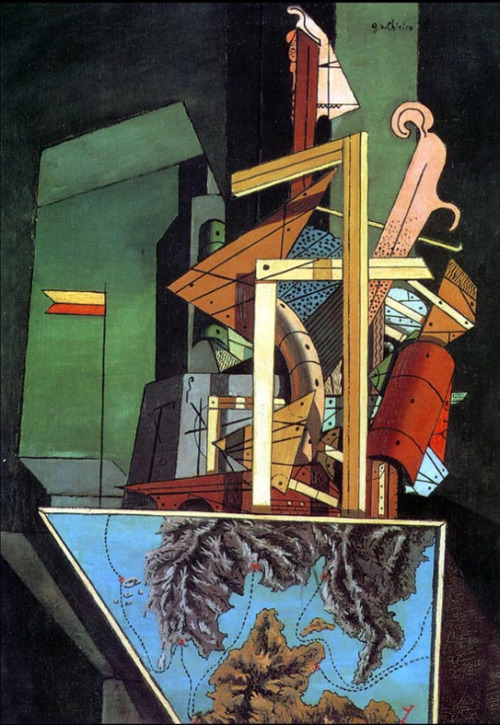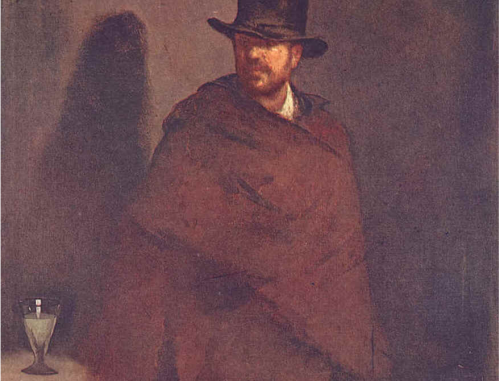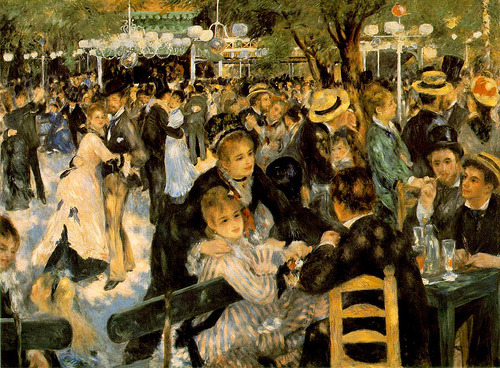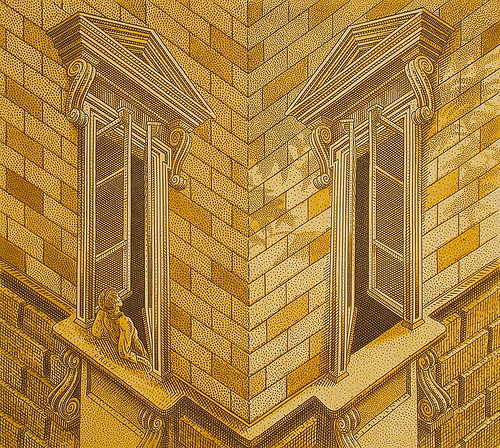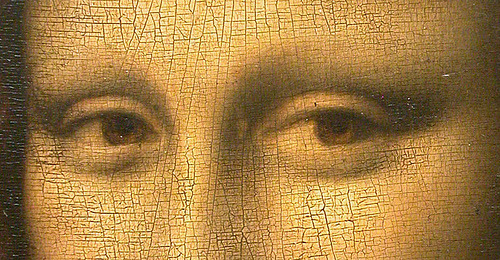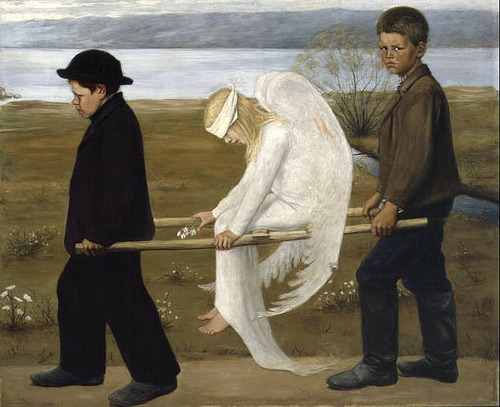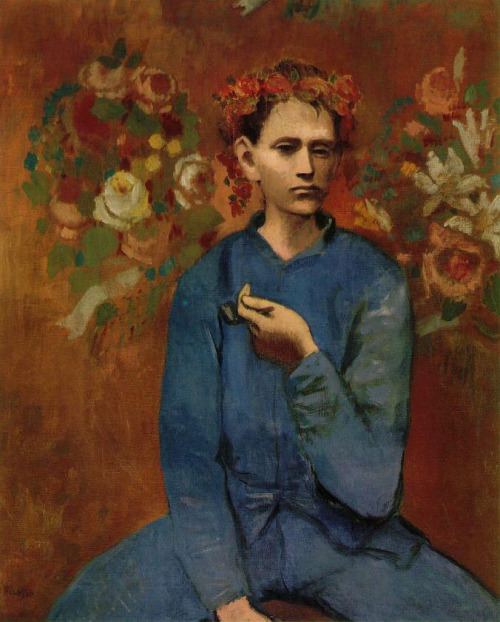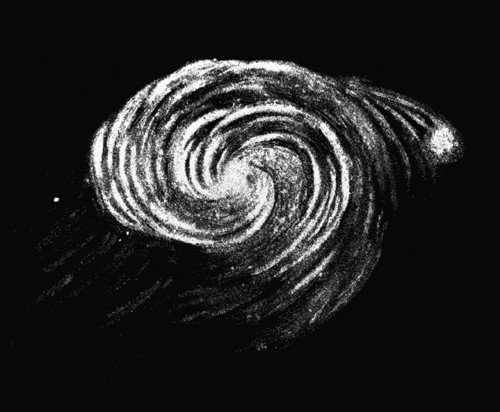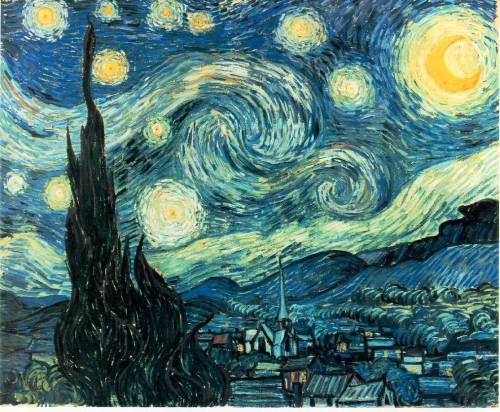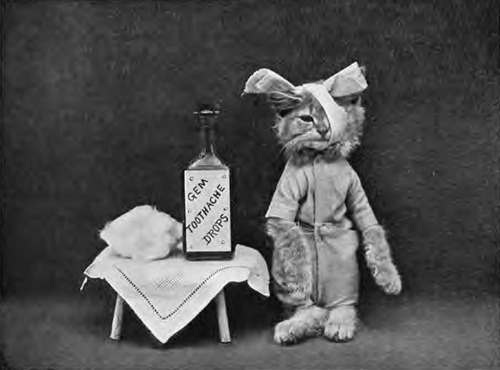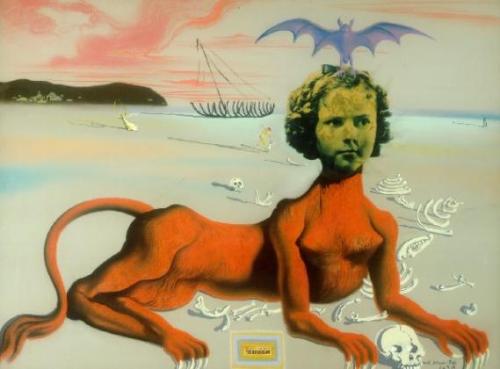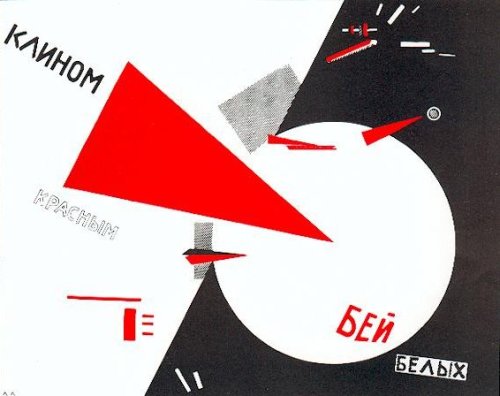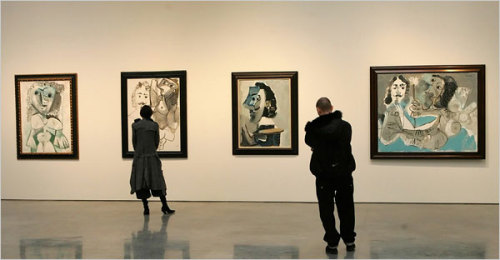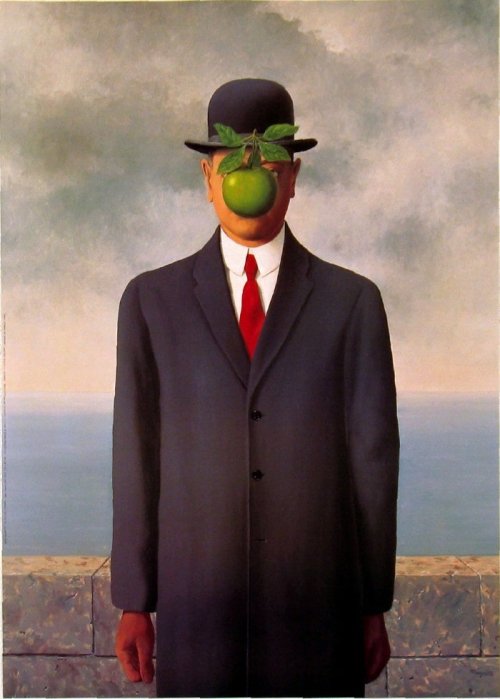 Rene Magritte
Rene Magritte created witty, thought-provoking images as a Belgian surrealist artist. Surrealism is defined as features of elements of surprise, unexpected juxtapositions and non sequitur (lacking any real meaning relative to what it follows). Most surrealist artists, however, will regard their works as an expression of the philosophical movement with works of art being “artifacts”. Take a look at “The Lovers” and “L’Invention de la vie”. Both painted with oil. Two primary characteristics stand out here that are pretty obvious. Two pieces of cloth are coving the heads of The Lovers while only one person is covered in L’Invention de la vie. The subtle difference is that while the whole body of a person is covered in one illustration, but is it man or woman who is covered? Incidentally, only the heads of The Lovers are covered, while there, displayed, is the depiction of man and woman.
Both paintings re-enact two very interesting concepts: life and love. They are interacting on a backdrop of fluid and solid colors of blue and red. It is the L’Invention de la vie that confused me the most. The picture is utterly absurd. It seems to be telling the story of a person who has not been introduced to the world. The woman who stands next to him hasn’t helped him/her because she has not lifted her own garments, which come straight down in wrinkled but defined quality. The shadows in the cloth reflect the meaning of the painting itself. I came up with a funny idea. Her hands seem to be compromised, which makes me think: what if this was a world without hands! Ha hah! For all we know, this world is a world without hands. Perhaps life itself is just a series of helping hands to uncover that that is life. Life is, after all, mostly and wholly based on interaction.
If you look at the second painting it is quite simple and not as absurd as the first. The Lovers is a beautiful representation of the connotation “love is blind”. The picture isn’t love, but just a representation of what lovers can be. There is no other way to look at it. I think the most important point to understand is the seemingly blindness of love. When you fall in love with a person, what exactly are you falling in love with, their eyes or their voice? What they see and tell or what you hear and think?
Both paintings are extremely subjective and thought provoking for the visual interpreter. These are just a few questions to ask when looking at these painting and don’t necessary have to explain a philosophy. When I look at the lovers, I think of the story between Narcissus and Echo. It’s a great story of a girl, Echo, that falls in love with a boy, Narcissus, but he is cursed to be in love with no one else but himself which makes the story so tragic.


